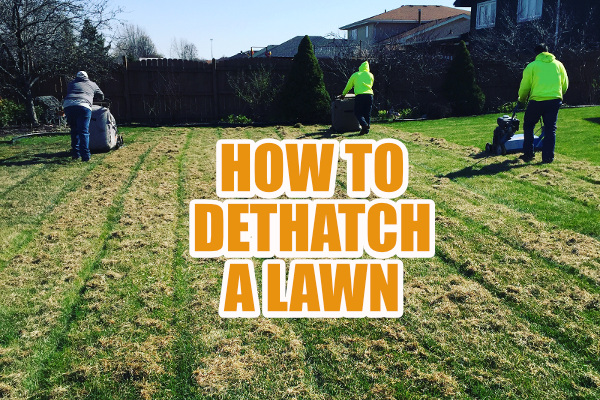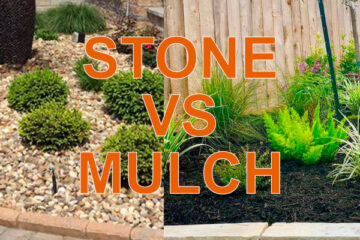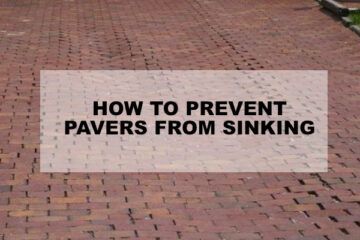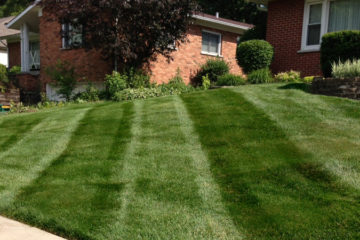If your lawn feels spongy when you walk on it, or if you have a layer of dead grass under your lawn, then it’s time to dethatch your lawn.
What is Dethatching
Lawn dethatching is the process of removing the layer of dead grass (thatch) that is living under your lawn with a garden rake or a powered lawn dethatcher.
How to Dethatch Your Lawn
Lawn dethatching is labor-intensive, and on average it will take you between 4 – 6 times the time it takes you to mow your lawn. Plan your lawn dethatching day in advance.
Mow your grass lower than usual – 2″ is recommended for the Midwest. Collecting the grass clippings is recommended for better results.
There are 2 ways of dethatching a lawn
- Manually with a garden rake
- Mechanically with a power rake or dethatcher
Manually Dethatching a Lawn With a Garden Rake
Lawn bags and a garden rake is all you need for manually raking your grass. Start raking the grass and making piles of the dead grass for easy collection. Use this method for lawns with little thatch levels.
Lawn Dethatching With a Dethatcher/Power Rake
A lawn dethatcher, also known as a power rake is similar to a lawn mower. It has vertical spikes that rotate to effectively detach the dead grass from the bottom part of your lawn.
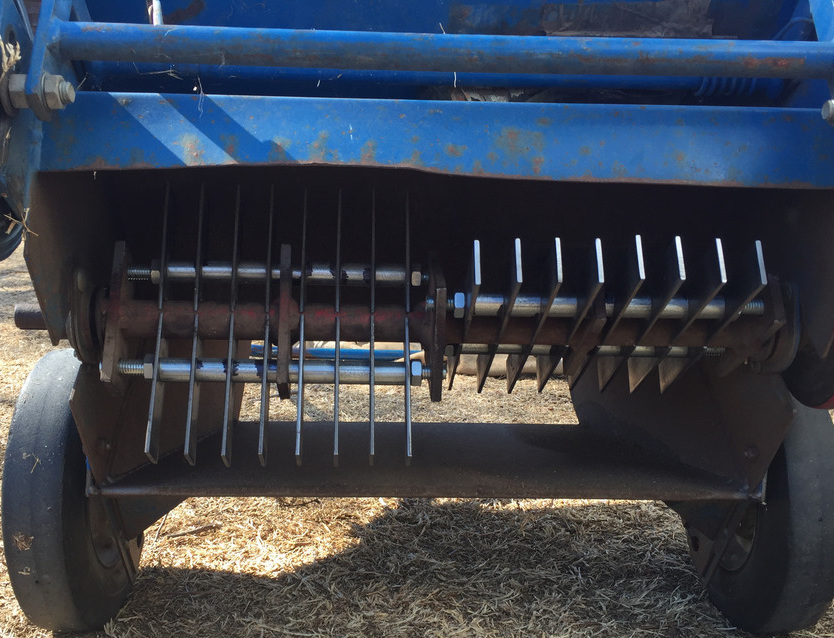
Using a dethatcher is similar to using a lawn mower. Dethatchers can be rented at Home Depot or other equipment rental places like Rental Max, or Sunbelt for around $60 -470/day or even for 2 or 4 hours.
You should read all the manufacturer warnings and instructions before using it. Follow safe lifting practices when loading the dethatcher into your vehicle. Secure it in your car and get ready for some exercise.
How to use a Lawn Dethatcher or Power Rake
Wear appropriate safety equipment such as safety glasses, steel-toed boots, and gloves. Dethatch your lawn when the soil is dry.
Clear your lawn from furniture, toys, hoses, etc. Mark sprinklers, buried cables, or any areas you don’t want to dethatch.
Adjust the leveler on the dethatcher (located at the center top section) to a mid-level position and start dethatching in a test area. Readjust the dethatcher to the desired level based on how much thatch you want to remove.
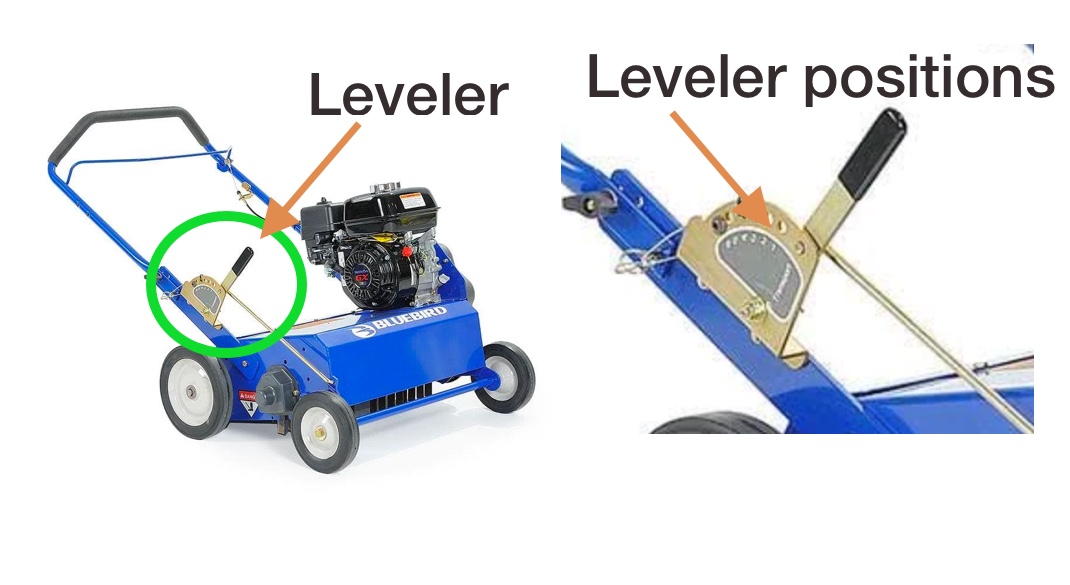
Start dethatching in the same direction as you would go when mowing, avoiding hard surface areas or slopes on the lawn to prevent scalping. Remember that a power rake or dethatcher has vertical blades and can do a lot of damage if they contact areas other than grass.
A second pass may be necessary to ensure the removal of all thatch. Some areas may need to be raked manually to ensure proper dethatching. Rake all the debris resulting from dethatching with a garden rake or lawn vacuum. Use lawn yard waste bags to collect all debris, expect 5 – 8, 30 gal yard waste bags of yard waste for a lawn of 5,000 – 8,000 sq ft in size.
Turf care after dethatching
It is usual for the lawn to look stressed after dethatching. It is highly recommended to overseed with high-quality, weed-free turf seed (We recommend a 50/50 grass seed mix for the Midwest) and fertilize the lawn after dethatching. Use a seed starter fertilizer (18-24-12) to help in the seed germination process. Water about a ½ inch 2 – 3 times a week for a month to help your lawn recover from stress and help in the seed germination process.

